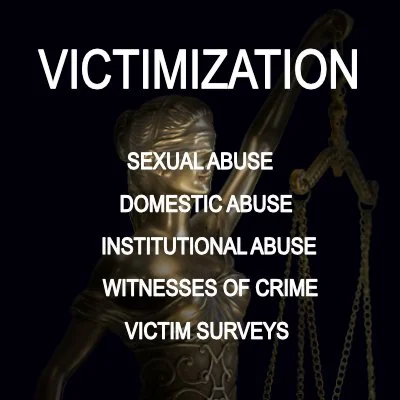Preventing and reducing child maltreatment: The common and most effective elements of parenting programs
By Cat Strawa
This policy and practice paper outlines the research evidence on the effectiveness of parenting programs for preventing or reducing child maltreatment.
Child maltreatment can include physical abuse, sexual abuse, emotional abuse, neglect or exposure to domestic violence. Definitions of child maltreatment also often include actions taken by parents or caregivers in the home. For example, failure to provide for a child’s basic needs, exposure to acts of domestic violence or the use of physical force that causes harm.
The paper discusses research on the specific practices, content and techniques used within parenting programs, and those most commonly used in effective programs or that may increase program effectiveness.
Key messages
Parenting programs can support the prevention and reduction of child maltreatment but not all parenting programs are effective at doing so.
Research evidence is still emerging on which elements of parenting programs for child maltreatment contribute to their effectiveness.
Some practices commonly used in effective programs include:
providing content to support parenting practices and
skills
delivering programs using qualified practitioners.
Southbank, VIC: Australian Institute of Family Studies 2025. 22p.


